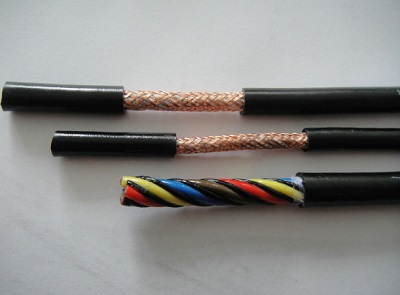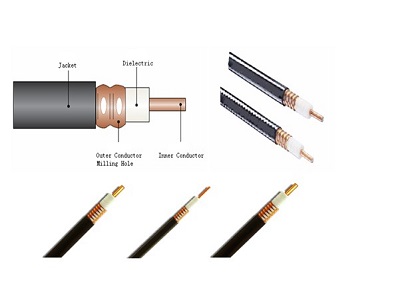The modern communications and networking cable market is oversaturated with quotes, so it can be difficult to choose the cable that is best for your specific application. In this article, we compare the most popular types of network cables, coaxial and twisted pairs, to help you make an informed choice. We’ve focused on the differences between the various subtypes of these cables and the advantages of each.
Types of Coaxial Cable

A coaxial cable is an advanced signal transmission cable consisting of a round solid conductor, a ground conductor, three layers of insulation, and a solid metal shield. Signal transmission in coaxial cable is done with the help of inner conductors. Coaxial cables are used for the transmission of Ethernet and video signals. It is known for its excellent immunity to electromagnetic interference and its ability to convert signals over long distances.

Common coaxial cable types on the market are RG 6, RG 11, and RG 59.
RG 6 is a thin cable that can be installed into walls and ceilings. It has a thick insulating layer and is recommended for frequencies above 50 MHz. It also has excellent signal quality. RG 6 is used for cable, television, analog video, and broadband internet.
RG 11 is a thick cable for underground and outdoor use for transmitting signals over long distances. It’s a great cable for HDTVs because it converts strong signals.
RG 59 is a thin cable recommended for frequencies below 50 MHz and short distances. When it comes to CCTV, the cable is superior.
Comparison Between Points Coaxial and Twisted Pair
The coaxial cable supports longer distances than twisted-pair cable. You can run Ethernet up to 100 meters using a twisted pair cable. Using a coaxial cable, this distance is increased fivefold to an impressive 500m.
Both coaxial and twisted pair cables have excellent transfer rates, although coaxial cables always carry more data. The transfer rate is one of the factors that explains the price difference.
Coaxial cable has better bandwidth than twisted-pair copper cable. However, with each new generation, the bandwidth of twisted-pair cables has increased significantly. Currently, Cat 7 cables have a maximum bandwidth of 750 MHz.
For short-distance applications, choose a twisted pair cable, especially if the price and ease of installation are important to you. For long-distance applications, a coaxial cable is your best choice. If crosstalk and EMI are important to you, always choose coaxial cable. While both cables are used for Ethernet, coax is the best choice for analog video, CATV, HDTV, and CCTV.
Hope this article was helpful for you. For more information about cable products, welcome to contact us.